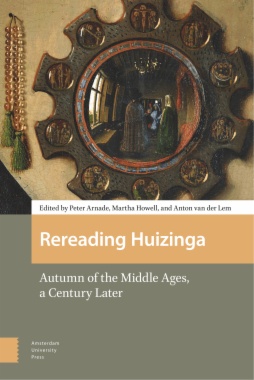

Jacqueline Bravo can’t understand why she’s being called to the principal’s office and is shocked to learn her mother hasn’t paid her tuition at St. Bernadette High School in three months! Now Sister Mary Grace is threatening to kick her out and even recommends a vocational school until she gets married. Finances have been tight ever since Jacqui’s father was killed in Vietnam. She is determined to win the alumni scholarship to UCLA, and there’s no way she will transfer to a public or vocational school in her senior year—never mind get married! But she doesn’t want her younger siblings to have to leave St. Patrick’s either; her sister is already hanging out with unsavory boys and Jacqui knows it would only get worse at the local school. So, she starts looking for a way to earn money and help make ends meet. Without telling her mom, Jacqui gets a job at a local restaurant. She struggles to manage school and work, volunteering with an organization fighting to improve the barrio and new friendships, including with a boy she has had a crush on forever. When the police come to the restaurant looking for a former waitress who is now missing, Jacqui gets pulled into the mysterious goings-on. Why does the owner want her to cross the border into Mexico to buy supplies? Is what people say about drugs being sold there true? Introducing teens to the struggles of women and Mexican Americans for equal rights in the 1970s, this appealing novel deals with death and grief, relationships among family and friends and the importance of believing in your community—and yourself!